
How To Make Nettle String
Most of us are familiar with using paracord to help attach our outdoor shelters to trees, and set up our bushcraft camps. We’re all familiar with using garden twine, ropes and other forms of string to help us in our modern day-to-day lives. Many of us are also well versed with fishing lines, nets and other types of cordage, and this is why we very often carry these materials with us whilst spending time out in the woods practising our crafts or when camping. Because these materials are so readily available, cheap and reliable, we often forget about how different things would have been in our not too distant past, when string was made using the natural materials available from nature.
The most frequently used and easily made of the natural cordage is that of stinging nettle twine – a straightforward and easily made type of natural cordage and something that every bushcraft enthusiast should understand how to make.
Stinging Nettles (Urtica dioica) are easily identifiable and most importantly they are abundant just about everywhere, especially wild or neglected places. They grow amongst other plants and grasses, almost always outcompeting their rivals in their search for light, resulting in the domination of most fallow land. The stems of the stinging nettle are usually quite thin, but strong, which they need to be to support their hefty load of leaves and the frequent trampling by large mammals, especially humans.
Stinging nettles are often regarded as a nuisance and removed from our wild landscape. But, they are vital life support systems to many of our native insects who make them their home, as wellas the birds that feed on these insects and the small mammals who use nettles for cover to protect themselves from danger overhead.
So, whilst I encourage you to make use of our natural resources, it is important to always respect our environment, even species such as stinging nettles, which, although often abundant, are very important to the chain of life.
How to Make String From Stinging Nettles
1) First of all, the best time to make nettle cordage is in the latter stages of summer, when nettles become tall and thin. This is for two reasons. Firstly, at this point most of our wildlife has made good use of the nettles, and, as you will notice from the pictures, the nettles have developed long, strong and woody stems. Young nettles are too fragile and wet to use effectively.
Select a nettle which is as straight as possible, as kinks from the turgid stems can, and do, present weak points within the structure.
You don’t need gloves to harvest nettles, as if handled correctly, they won’t string you, but having taught hundreds of people over the years how to do this, they very often get stung whilst learning, so wearing gloves is nothing to be ashamed of like some will have you believe.
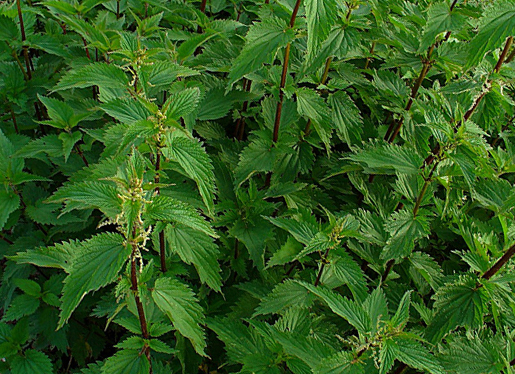
2) As the saying goes “Grasp the Nettle” firmly and cut off at the very base, close to the ground. Although in the picture I have removed the whole nettle, this was because I was using the roots for another purpose.
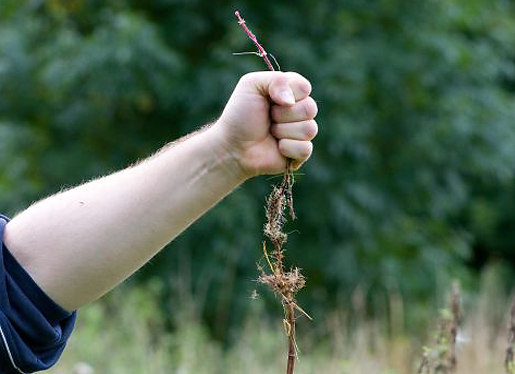
3) Now you need to remove the stinging hairs from the stem and all of the leaves. You can achieve this by firmly and swiftly running your hand towards the top of the nettle, taking the weaker tip off as you go. I advise that you don’t stand into the wind when doing this, as the small hairs will land on your clothing and present you with strings throughout the day. Once this is done, you will be left with a smooth bald nettle stem.
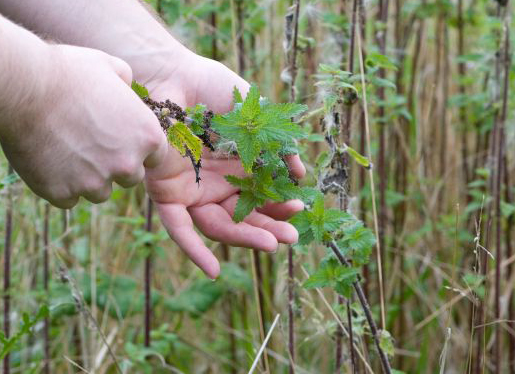
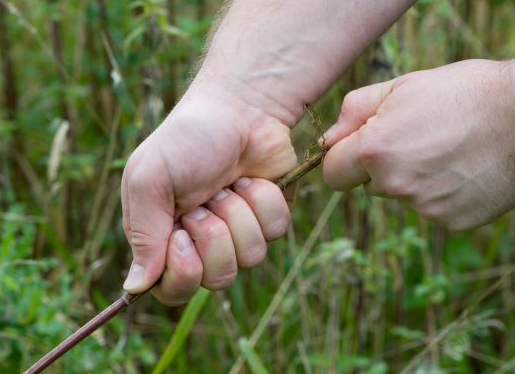
4) If you’ve not already removed the tip and if you too have the root still attached to the nettle, then now is the time to cut these away.
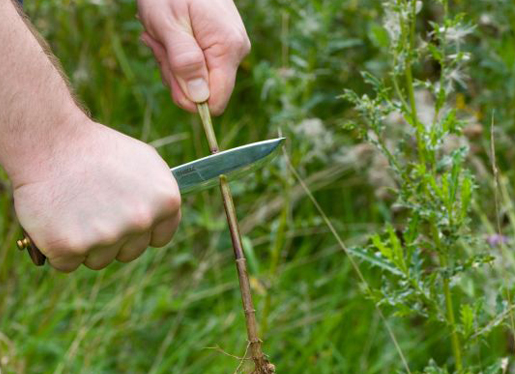
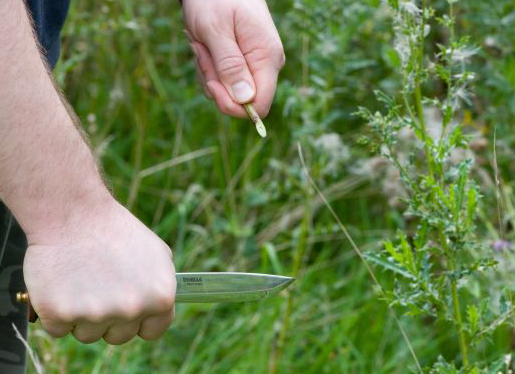
5) The stem now needs to be lightly crushed, but you must avoid damage to the outer fibres as this will become your string.
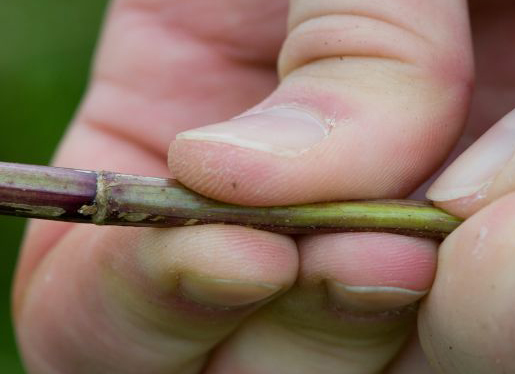
6) Split the stem and open with your fingers. It’s handy to have slightly long nail for this.
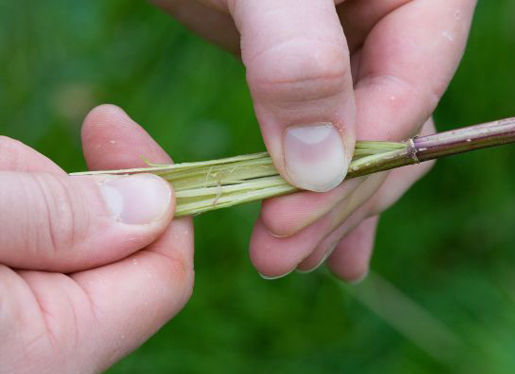
7) Now comes the crucial part – you will notice the inner part of the nettle is very woody. Bend the nettle stem over your index finger so that the inner stem snaps outwards, this needs to be removed.
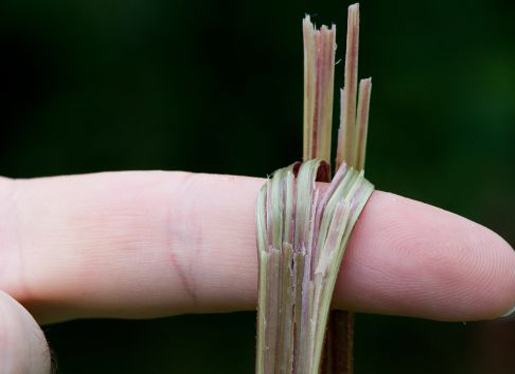
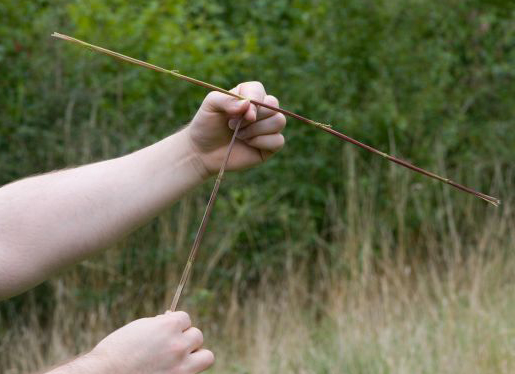
8) You are now left with the fibres from the nettle (essentially the skin) which is going to be formed into the strong nettle twine.
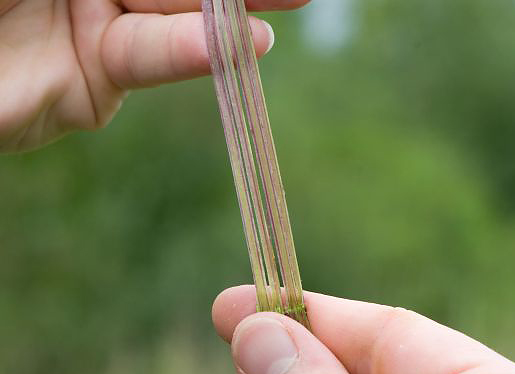
9) The fibres now need to be left to air dry. If they become too dry, you may need to soak them in a little water later on or they can become brittle and papery.
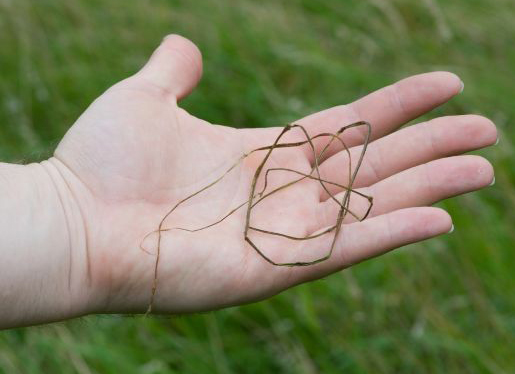
10) Braiding – this is what give your nettles fibres the strength they will need.
11) Strip a thin strand from the larger tape-like piece of outer stem.
12) Find the mid-way point.
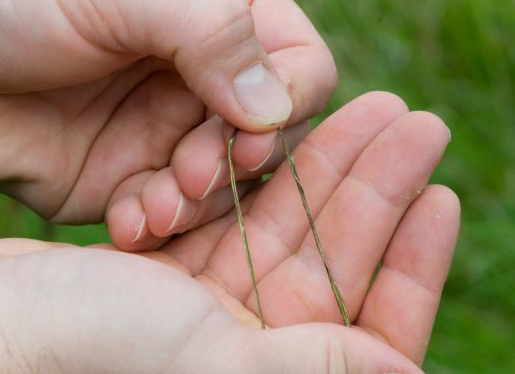
13) You must now roll each strand independently from each other. Each time you get to the end of the rolling process, let go with your left hand and the natural properties of the nettle will allow it to braid. Repeat this process as many times as needed. Many people will recommend doing this against your bare leg, but if you have hairy legs you will soon find out that this is NOT a good idea!
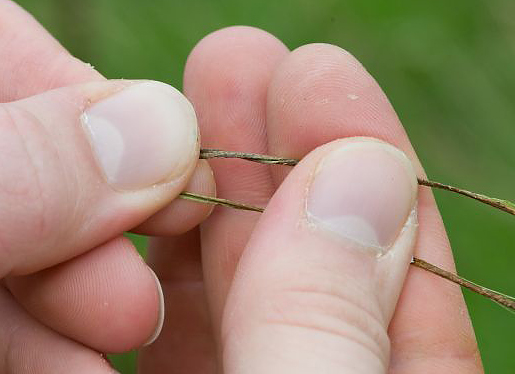
14) Extra fibres may be added within the cordage easily, just insert another length and use the same technique described above.
Thin nettle string may be used to catch small fish and thicker strands were historically used for nets, traps, ropes and all manner of other primitive uses.
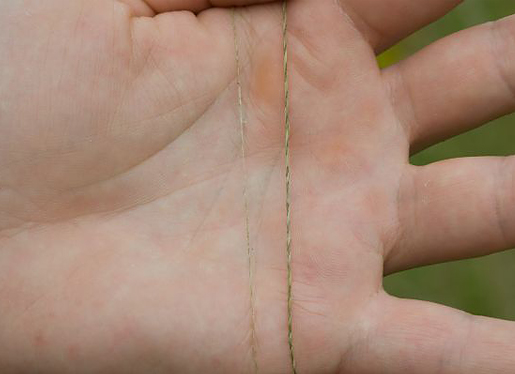
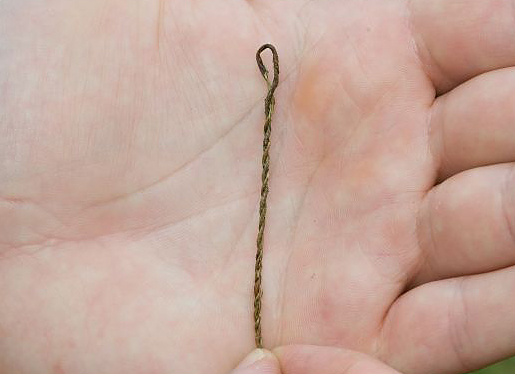
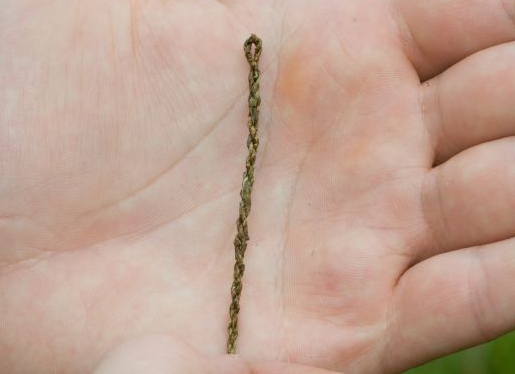
Making String or Rope from Wild Animal Hair
Another great natural material to make strong rope from is animal hair, and the process is pretty much the same, although of course you will replace the processing part with finding and collecting the hair. The best places to look are barbed wire fences and rough bark where animal fur is sometimes trapped. As an example in the images below I’ve used some horse hair, which is a good material. Not all hair works well as some is too brittle or too soft, but with experimentation you will find plenty that works very well indeed.
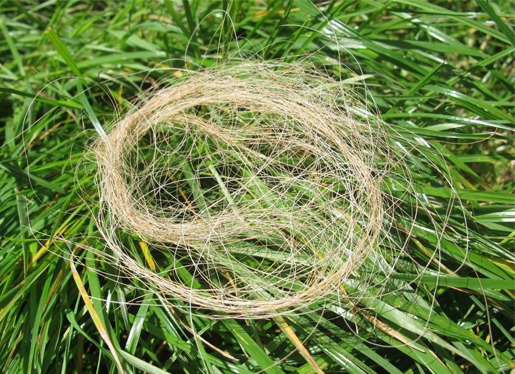
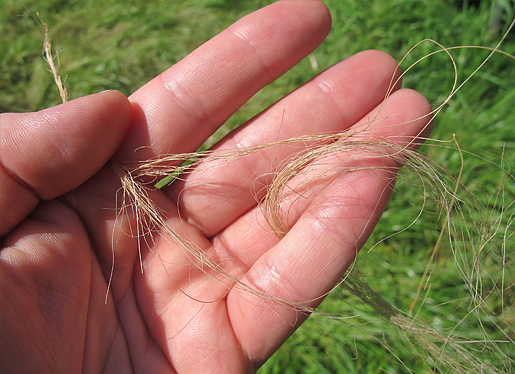
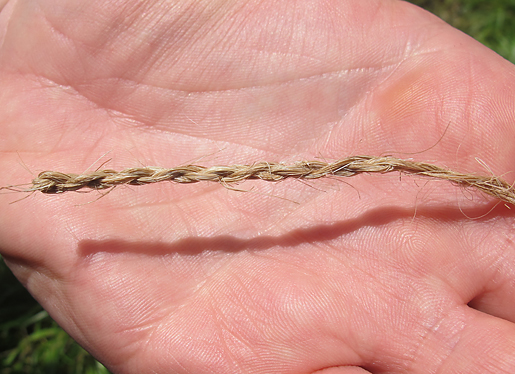
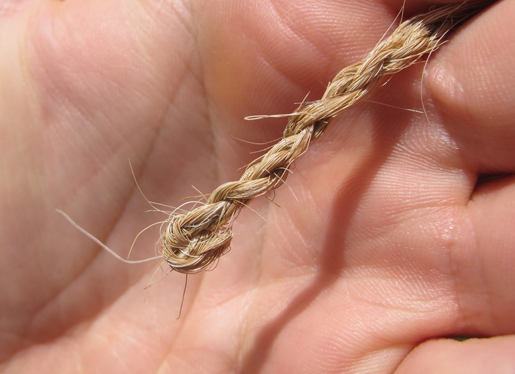
Go on, give nettle string making a go, and please share this tutorial with your friends and leave your comments below. If you have any questions, leave them here and Greenman Bushcraft will send them on to me to answer for you.
Catch you on the trail.


Thanks
Arwen, the cord will dry quickly. Especially if left near (not too close) to a campfire. Longer drying will make it stronger, but for teaching purposes, it will dry enough within an hour of a hot day.
It depends how thick you make it, but it's very strong for what it is, even when thin. There are suggestions that nettle ropes were used to pull things that weighed into the tons! And I quite believe this. Well made nettle string is difficult to snap.
I hope this helps :)